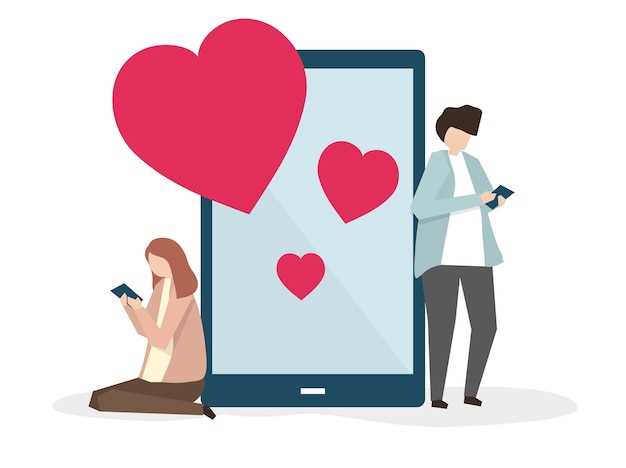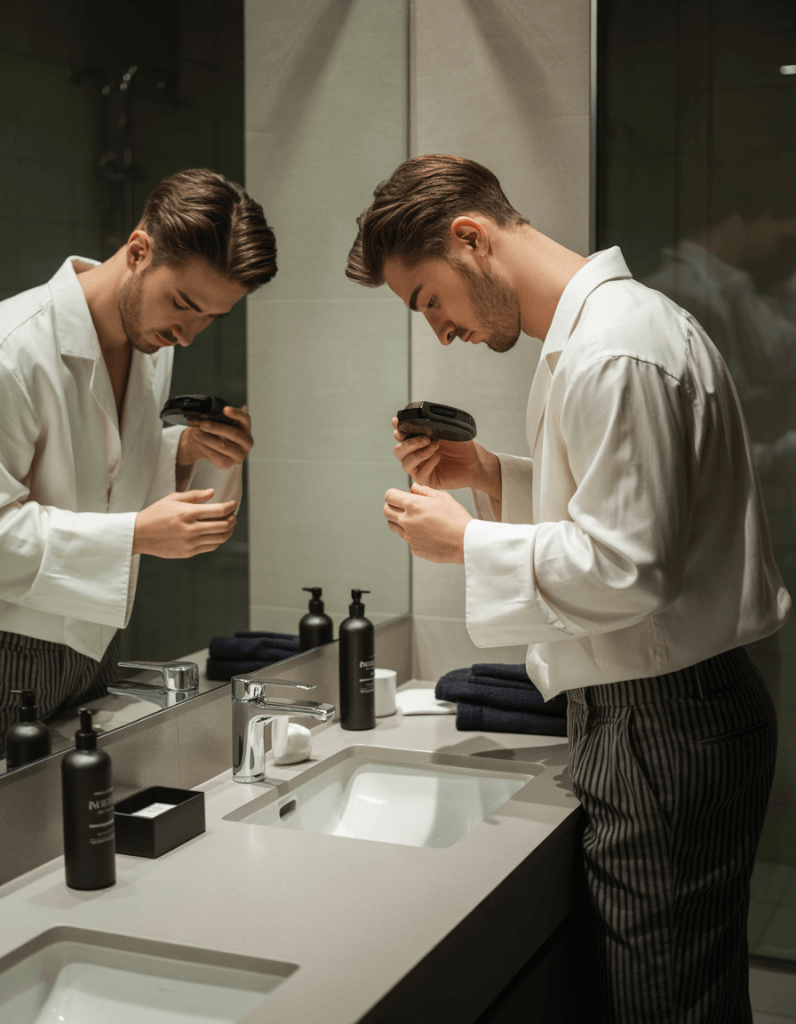In today’s fast-paced world, finding love can feel like another full-time job. Between demanding work schedules, social obligations, and the overwhelming number of profiles on dating apps, it’s easy to feel lost in the noise. For those ready to take dating seriously, the question often becomes whether to rely on matchmakers or dating apps.
Each option offers its own approach to connection — one personal and curated, the other fast and scalable. Choosing between them depends on how much time, budget, and emotional energy you’re willing to invest in your search for genuine romantic partners.
Understanding the Landscape: Dating Apps vs. Matchmakers
Modern dating offers two main paths: convenience-driven dating apps and curated matchmaking services. Apps promise quick access to thousands of singles with just a swipe. For many, that accessibility is liberating — especially when exploring new cities or demographics.
However, the rise of dating app fatigue shows the downside. Many users spend hours messaging, vetting, and scheduling, only to face inconsistent results. While the average app subscription costs less than $50 per month, success relies on your own effort: consistent messaging, quick responses, and managing expectations.
In contrast, matchmakers handle the legwork for you. They curate introductions, verify compatibility, and often conduct background checks. A typical engagement runs from $3,000 to $12,000 and lasts three to six months. That investment buys discretion, structure, and a partner in your search — someone who screens out mismatches and prioritizes shared values over swipe volume.
Time, Cost, and Commitment
Choosing between these options often comes down to time and control. Dating apps require 3–10 hours a week of self-driven effort — messaging, scheduling, and meeting potential matches. Results vary widely: some users meet partners within weeks, while others spend months scrolling.
By contrast, working with matchmakers demands less daily effort but a higher upfront commitment. You’ll typically spend 4–10 hours per month on direct consultations and dates. The trade-off? A more measured, high-touch process that filters candidates before you ever meet them.
If your calendar is packed and your priorities are clear, matchmaking services save time by focusing on compatibility. But if you enjoy experimenting, testing your messaging style, and keeping full control, dating apps provide flexibility at a fraction of the cost.
Setting Expectations: Effort, Behavior, and Follow-Up
Success in either path depends on consistency and attitude. On dating apps, you play the role of your own recruiter — screening profiles, following up promptly, and staying active during peak evenings and weekends. The key is steady engagement: frequent logins and open communication increase visibility and connection rates.
Matchmakers, meanwhile, promise introductions but not guaranteed love. They can filter options, but chemistry still needs to develop organically. Clients are expected to stay communicative and honest about what’s working — or not.
If you prefer a middle ground, some hybrid services combine personal coaching with online tools. You’ll receive personalized search filters, photo reviews, and scheduled check-ins — offering the structure of professional matchmaking without the full-service cost.
The Right Fit: How to Decide What Works for You
Your decision depends on lifestyle, priorities, and comfort with delegation. If it’s hard to meet quality people because of niche interests or long work hours, hiring matchmakers makes sense. They meet candidates on your behalf and focus outreach, reducing awkward first dates.
If, however, you enjoy autonomy — experimenting with messages, refining your profile, and meeting people organically — dating apps may suit you better. They give instant access to potential partners and allow real-time feedback on what attracts responses.
Whichever route you choose, define clear metrics: track how many conversations lead to first dates, and how many of those progress to meaningful relationships. If your results plateau after three months, switch strategies. Often, a hybrid approach — using an app while consulting a matchmaker — offers the best of both worlds.
Evaluating Your Level of Involvement
Before choosing, decide how hands-on you want to be.
-
Limited Time (under 2 hours per week): Opt for vetted matchmakers who handle introductions, screening, and scheduling. Expect your first confirmed meeting in 4–12 weeks.
-
Moderate Time (3–7 hours weekly): Use dating apps or curated platforms yourself. You’ll retain control while benefiting from large pools of potential matches.
Set measurable criteria from the start. Tell your service — whether app or agency — your deal-breakers and top three qualities. Ensure all profiles are vetted before introductions, and ask matchmakers for progress summaries. This data-driven approach keeps both sides accountable.
Finally, manage expectations. If you’re looking for casual dating, success rates differ from those seeking long-term relationships. Track metrics like message reply rate, first dates per week, and second-date conversions to understand what’s working.
Comparing Cost, Speed, and Results
If you can invest between $3,500 and $15,000 and commit to six months, curated introductions are the most time-efficient route. Matchmakers typically deliver vetted introductions every few weeks, maintaining discretion and focus.
For those on tighter budgets, dating apps provide fast volume and a low barrier to entry. You can begin within hours, and matches appear almost immediately. Paid boosts and verification tools improve visibility and safety for a small fee.
Trade-offs are clear: apps offer scale but little quality control; agencies offer focus but fewer total introductions. If you value your time over money, the curated path is ideal. If you value choice and experimentation, the app route gives you data, flexibility, and pace.
Control, Customization, and Safety
When choosing between dating apps and professional services, control is key. A good platform lets you edit bios, adjust photo selections, and fine-tune filters for location, lifestyle, and intent. Top matchmakers provide even greater customization — weighting criteria like education, family goals, or financial values to refine every introduction.
Safety and privacy standards differ. Agencies perform background and ID checks, while most apps rely on automated verification. Ask providers how they protect your data. Reputable agencies use encrypted storage and verified introductions, while apps tend to monetize data through ads or analytics.
No matter your route, confirm how your profile and personal data are stored, whether deletion is permanent, and how identity verification works. Your goal is to find love, not risk your privacy.
Making Data Work for You
Treat dating as a measurable process. Track what works, iterate, and optimize just like you would in business.
-
Test three profile photos and compare engagement rates over two weeks.
-
Experiment with two opening lines to see which gets better responses.
-
Measure conversion: messages to first dates, and first dates to second ones.
If results stagnate, adjust your approach — whether that means hiring a matchmaker, updating your profile, or changing your activity window on apps. Data doesn’t replace chemistry, but it helps identify patterns that bring you closer to meaningful connection.
Finding Your Way to Love
In the end, choosing between matchmakers or dating apps comes down to personal preference and how you want to spend your time. Some people find joy in the search — testing profiles, learning communication patterns, and enjoying spontaneity. Others prefer a professional to handle introductions and focus only on high-potential meetings.
There’s no single right way to find love. What matters is clarity — knowing your goals, effort level, and budget. Whether you invest in personalized matchmaking or swipe your way through dating apps, stay intentional, honest, and patient.
In love, as in life, progress comes from consistency. The right person might appear through a friend’s referral, an algorithm’s match, or a professional’s introduction. What’s constant is your commitment to the process — because that’s what ultimately transforms chance encounters into lasting relationships.













